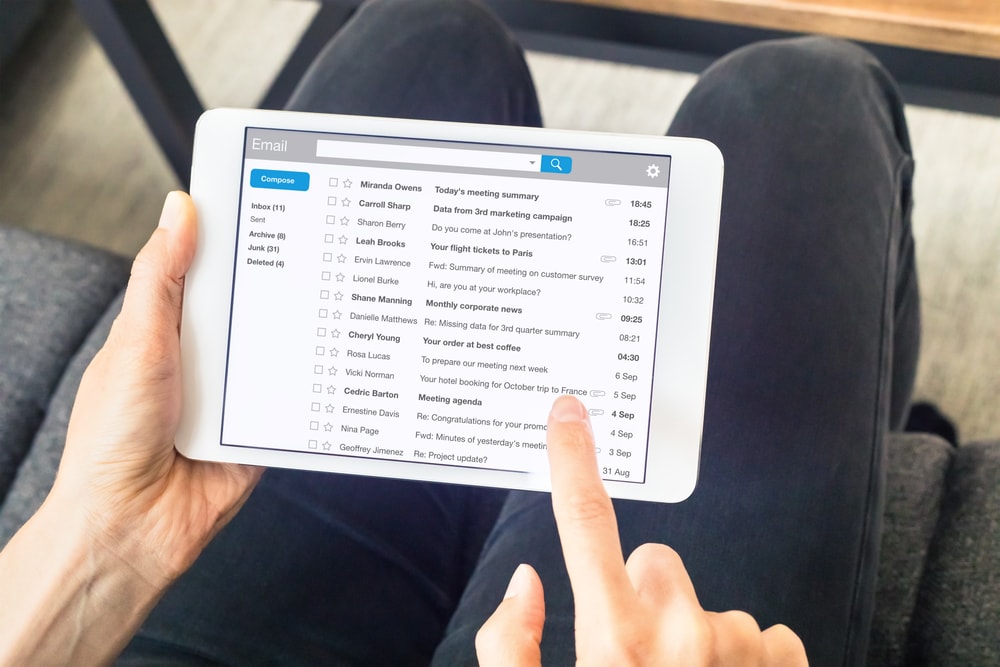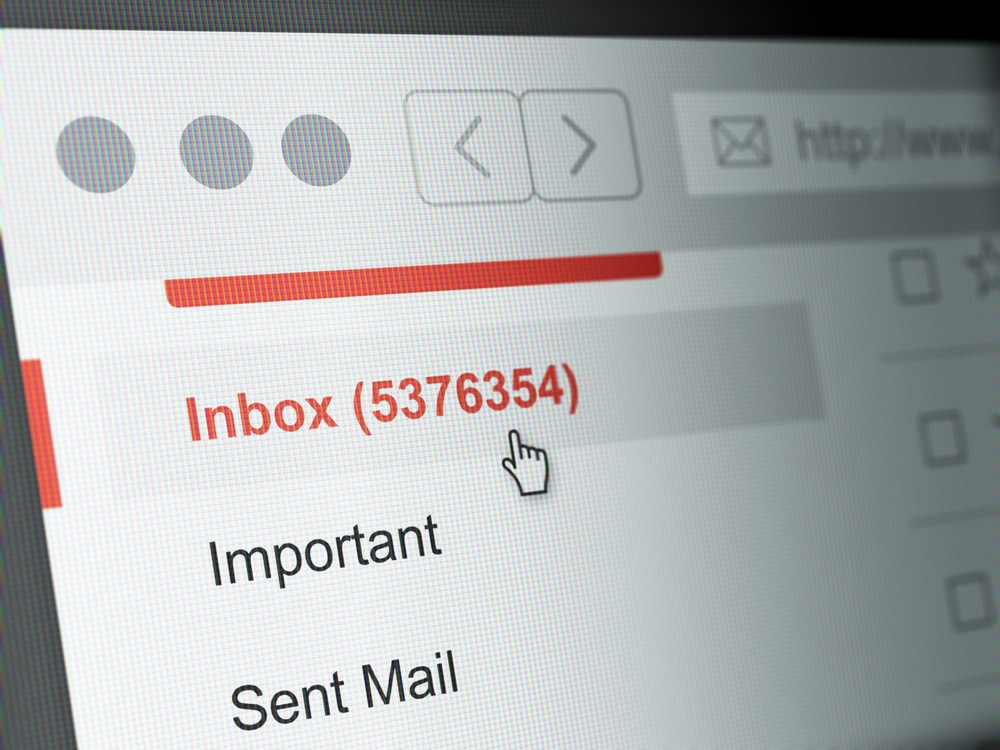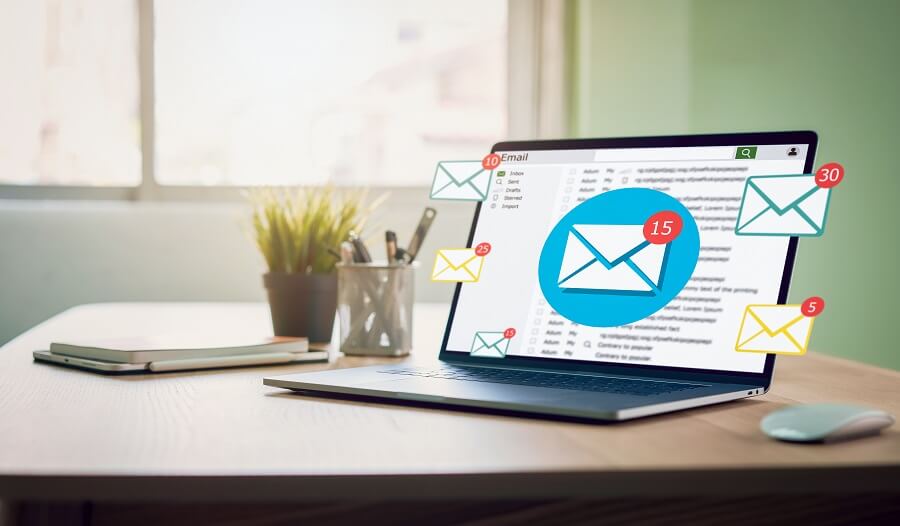When someone knocks on your door unexpectedly, you probably won’t just open it. You’ll look through the peephole first.
If your visitor is holding a UPS package, wearing a Cub Scout uniform or otherwise seems legit, you’ll probably open the door. If they look sketchy or like they are soliciting despite the “no soliciting” sign in your front yard, you probably won’t.
And so it is with email subject lines. If your subject line seems intriguing, relevant and legitimate, the recipient will open your email. If it’s boring, random or sketchy, they won’t.
And because an email marketing strategy can only be successful if people actually open your email, you could argue that a good subject line is the key to an email campaign’s success.
Understanding Subject Lines And Preheaders

The subject of an email is the single line of text representing your email that your recipient sees when they receive your email. Most people spend only a fraction of a second reviewing email subject lines to filter out irrelevant messages. They will go on to the next message if the subject line doesn’t immediately grab their attention.
When viewing an email in your inbox, the email preheader is the summary text that appears after the subject line. People often use it as a one-sentence overview of the email’s main point.
Think of the subject line and preheader as similar in function to an article’s headline and subheadline. You must use these tools to entice the reader to click and start reading, or your links and other content will head to the trash. It’s best to balance being informative and engaging when crafting a subject line for an email.
What Makes A Good Email Subject Line?
The best subject lines are usually personal or descriptive. They give readers a reason to click through to your piece of content. Whatever approach you take, it’s critical to keep your audience in mind. Test various terms and phrases to see which ones they favor.
Your email subject line should include the following elements:
- Urgency. People are more likely to act if given a sense of urgency. Viewers checking their inboxes are more likely to click on a special deal or promotion if they know it’s for a limited time.
- Curiosity. A cleverly written subject line can introduce an element of mystery to pique the recipient’s curiosity. It will make them open the email to learn more.
- Offers. People enjoy experimenting with new products and activities, especially if a special offer means there is little risk.
- Personalization. People enjoy when emails are personalized to their interests and needs—as long as you’re not creepy about it.
- Relevance. Using trending topics in your subject lines can help establish your business as an authority in your industry. They also persuade readers to read on and subscribe to your mailing lists.
10 Tips For Creating Clickworthy Email Subject Lines

Cutting through the email clutter and attracting clicks is difficult. But you can become the inbox hero if you follow these guidelines.
- Cut it down. If readers can’t see your subject line, what’s the point? Your subject line should be fewer than 40 characters or eight words long.
- Avoid spammy keywords. Blatantly promotional subject lines, such as “guarantee,” “save $” and “buy now” are often classified as spam. Here’s a list of 394 email spam words to avoid.
- Give an update. Keeping your audience informed about company news and new products is a great strategy for increasing open email rates and customer engagement.
- Add social proof. When making a buying decision, people often look at the actions of others. Include success stories and customer testimonials in the subject line of your emails.
- Make your email topic funny. With the right tone for your brand, puns and wordplay can be a fun way to catch your audience’s attention and make them laugh—and click.
- Make your company stand out. Choose a subject line that emphasizes one of your company’s unique selling points. Many individuals will read emails based solely on the sender, so take advantage of the opportunity to reinforce your brand.
- Add a deadline to the subject line. Using a deadline can help create a sense of urgency in your readers, causing them to give your email more attention. Send out the first announcement to let readers know when something is coming up. As the deadline approaches, send a “last chance” email to remind customers of the opportunity.
- Add recipient names. Research shows adding the recipient’s first name in the subject line results in a better click-through rate.
- Cut out the filler words. Don’t waste valuable space with needless words like “hello” and “thanks,” which you can add to the email body.
- Start with the most important words. People open more than half of all emails on a smartphone, which sometimes displays as few as 25 characters of a subject line. So make sure to start with the most important words if your subject line gets cut off.
5 Common Types Of Subject Lines With Examples

Introductory Email Subject Line
The ideal introductory email is short and direct. Examples include:
- X product is here. Get yours now!
- (Name here), how can I help you with (insert problem)?
- Looking for a better way to (details here)? Let’s talk!
Value Proposition Email Subject Lines
The best sales email subject lines capture the reader’s imagination and lead into your value proposition without being heavy-handed. Examples include:
- Your hair care routine is missing something.
- Hey! Our [product/service] has your name all over it.
- How happy are you with [company name] ‘s project management tool?
Sales Follow Up Email Subject Lines
When writing a sales follow-up, make sure the subject line grabs your recipient’s attention with a personal touch. Examples include:
- Are you ready to continue our chat, (first name of recipient)?
- I haven’t heard back from you, (first name).
- It was great seeing you at [event you both attended], (name)!
Offer/Event Reminder Subject Lines
A well-crafted, well-timed reminder email can earn clicks you would otherwise miss.
- Few stocks left at this flash sale.
- 3 things you need to bring to (event name).
- Are you joining us tomorrow at (event name)?
Thank You Email Subject Lines
Thank you emails are a terrific approach to establish brand loyalty and keep customers coming back to your site. Examples include:
- Thanks for your purchase!
- Wow! Thanks for the referral!
- Thank you for signing up!
4 Email Subject Line Best Practices

- Know your audience. The most important part of your email marketing plan is building an email database that is carefully segmented based on subscribers’ interests, aspirations and needs. Instead of sending one generic email with the same subject line to all subscribers, segmenting enables you to better target and personalize your message. Studies prove that segmenting your email list increases open and click-through rates while lowering unsubscribe rates.
- Use engaging preview text. It’s essential to pay attention to the preview text even though it’s not technically part of your subject line. You can give your email subscribers a taste of what’s coming using preview text. By default, email clients use the body text as the preview text unless you show otherwise. Depending on the content of your email, this can look untidy, and it’s a missed opportunity to connect with your readers.
- Call to action. The best approach to persuade subscribers to do what you want is to ask them. Take the following example, “Click here to take advantage of this subscription offer.” Before they even open your email, subject lines like these let them know what the message’s goal is. So, subscribers on your email list interested in your offer will probably open your emails.
- Run A/B tests on your subject lines. A/B testing your subject line is the most effective approach to discover what resonates with your audience. Using A/B testing for emails, you can learn what makes people click on your emails and use that information to make improvements.
Many email marketers write the subject line of their emails last, as if they are an afterthought. A better way to prioritize your subject lines is to write them first. Writing a clickable subject line can carry over into your copywriting of the email’s body—ensuring your email content is focused, on point, and earning clicks to your website.
original content










